We use cookies, including cookies from third parties, to enhance your user experience and the effectiveness of our marketing activities. These cookies are performance, analytics and advertising cookies, please see our Privacy and Cookie policy for further information. If you agree to all of our cookies select “Accept all” or select “Cookie Settings” to see which cookies we use and choose which ones you would like to accept.
HELPFUL HINTS
How to store food in the fridge like an expert
Whether you’re a carnivore, pescatarian, vegetarian or vegan, the sheer choice of food that’s available year-round can make food storage a challenge.
But with a little know-how – and thanks to the technology built into LG fridges – anyone can master the art of food storage just in time for holiday leftovers.
So, where do you start? In this article, we tackle the big questions, offering expert food storage tips so you can keep food fresher for longer and minimise waste.
What foods go in the fridge?
To fridge or not to fridge: food storage tips
How to store food in the fridge is a question best answered by thinking first about which foods need to be in the fridge. This helps save some all-important space. Making sure there’s enough space in your fridge is vital as it allows cool air to circulate, keeping everything chilled and fresher for longer.
Of course, foods that are easily contaminated, like meat and fish, should be kept in the fridge at all times. But vegetables – whether soft, like tomatoes, or harder, like potatoes or onions – can be stored in the cupboard. However, more delicate items like salad leaves and fresh herbs should be chilled for maximum freshness and flavour.
Fruits, such as avocados, apples, bananas, lemons and berries, can change taste and texture inside the fridge. But, they can also be kept for longer at cooler temperatures. So it’s worth thinking about how quickly you plan to eat them and whether they need refrigerating.
Finally, in case you were wondering, your bread will be happy in the bread bin. Provided it’s not exposed to air, it won’t become stale.
What temperature should my fridge be set to?
The million dollar question! Around 4°C is the optimum temperature. Too warm, and meat and fish may spoil. Too cold, and you’ll freeze your fruit and veg in the crisper drawer, leaving it inedible.
In many fridges, achieving an even temperature can be tricky. To help you get it right, LG LINEARCooling keeps a precise and consistent temperature throughout the fridge (in fact, it’s correct within half a degree all the time).1
For food you want to store at a different temperature to everything else – for example, a steak, fish or extra vegetables – pop it in your fridge’s Fresh Converter compartment, which can be set to an optimum temperature.2
Correct fridge storage: what goes where?
Storing everything in the right place is essential for food safety. So make sure to order the food in your fridge appropriately to protect and preserve it.
As a general rule, you should store ready-to-eat foods such as cheese, yoghurt, cooked meats and leftovers on the middle and top shelves. Whereas raw meat, fish and poultry should be kept in sealed containers on the bottom shelf so they don't touch each other or drip onto other foods.
As mentioned above, a well-organised fridge also allows cool air to circulate more evenly, which keeps food fresher. It’ll also make your life easier when taking things out to cook, and when reorganising or tidying.
The power of fridge food storage containers
Organising your fridge with food storage containers isn’t just for aesthetics alone: it can help cut down on food waste too. The science being - if you can clearly see what food you have left, you are much more likely to eat it.
Good fridge organisation ensures that your food is kept clearly on display, making it much more appealing to the eye, and therefore to your appetite.
Storing food in containers also clears clutter and reduces the possibility of food poisoning by keeping cooked and raw foods away from each other.
Meat, poultry and fish
Raw meat, poultry and fish should be kept on the bottom shelf, separate from other items. This stops any liquids or juices from coming into contact with other food in your fridge, preventing cross-contamination.
Cooked meat or fish doesn’t pose a health risk. Store this on a different shelf so that it doesn’t come back into contact with raw animal products.
Eggs and dairy
Dairy products, like milk, cheese and yoghurt can be kept on the middle shelves.
Eggs can be stored in the fridge. Although it's mostly a matter of personal preference, they'll last slightly longer when refrigerated.
And thanks to LG’s DoorCooling+ technology, they’ll be just fine wherever you choose to keep them in your fridge, with fast and even cooling everywhere.
Fruits and vegetables
Vegetables, salad leaves and fresh herbs will stay fresher for longer in the most humid part of the fridge. Fruit, on the other hand, needs lower humidity.
Fortunately, controlling the humidity levels is simple with LG’s Fresh Balancer. This keeps food fresh for longer and even has a fruit and vegetable dial.
The best spot for any ready-to-eat food is the top shelf, which conveniently keeps it away from hungry little hands, too. And the fridge door is the perfect place for condiments – ketchup, mayonnaise, mustard and chutneys.
And when you have larger food items or dishes in the fridge, the LG NatureFRESH Bottom Freezer’s 2-step folding shelf’ offers vital extra space.
Oh, and the 5-bottle wine rack should also come in handy when you’re entertaining.
How to store holiday leftovers successfully
Whether you’ve been batch cooking or from holiday dinners, you can apply some simple techniques to make sure you’re properly storing leftovers.
First, leave food to cool before refrigerating it, otherwise it may affect the ambient temperature of your fridge. This makes it less efficient at cooling, and means the food may take longer to cool down – this can lead to bacterial growth.
Using transparent containers – or even clean, reused jars – means that you can see the contents. Using uniform containers means you can stack your leftovers, too, to maximise space without restricting airflow.
Labelling these containers with the contents and the date it was cooked will also help you to keep on top of your leftovers, meaning less wasted food.
Minimising food waste, for a smart kitchen and healthy lifestyle
It goes without saying that everyone should look to reduce their food waste.
So, first and foremost, try not to buy too much. It’s easy to overestimate how much food you actually need, but it’s also a simple problem to solve.
When it comes to minimising food waste, the sooner groceries are refrigerated, the better. For a quick and powerful blast of cold air, LG’s Express Cooling feature will cool newly added foods immediately. The LG ThinQ app will even let you turn this on from your smartphone on the way home from the supermarket.
And, of course, properly storing leftovers in your LG fridge or freezer will help you to avoid needlessly throwing away food.
How do I store food in the freezer?
Navigating your way around a packed freezer drawer can be a nightmare. Stuffing everything back in once you’ve finally found what you’re looking for isn’t much fun either. So organisation is key for frozen food storage.
Again, it’s worth using transparent tupperware containers, combined with labelling. This will do wonders for neatly arranging the contents of your freezer.
You can also try storing solid items – meat, fish or vegetables – in freezer bags to save space. Better still, you can flatten them when defrosting, which will help food thaw out quicker.
So there you have it. With a firm grasp of these basics, you should be in a better position to master the art of fridge food storage once and for all.
Life's Good!
1 LG NatureFRESH Bottom Freezer, LINEARCooling, FRESHConverter and Fresh Balancer are trademarks of LG Electronics, used under licence.
2 32% energy saving compared to LG refrigerator with conventional reciprocating compressor. Based on VDE testing comparing energy consumption and noise levels between models GBB530NSCXE and GBB530NSQWB.
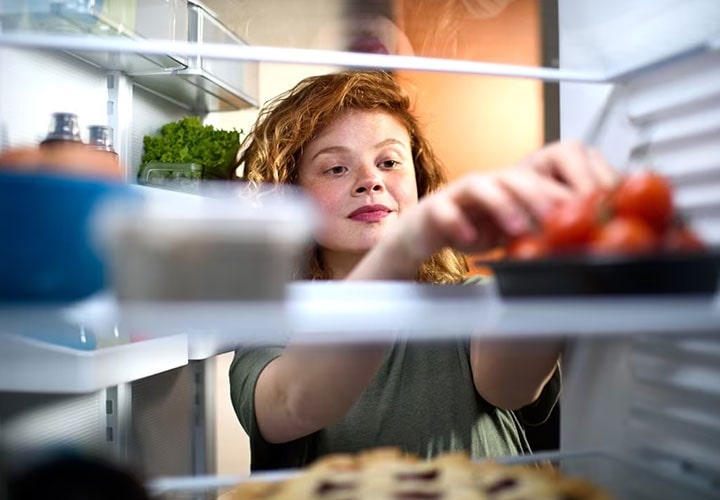
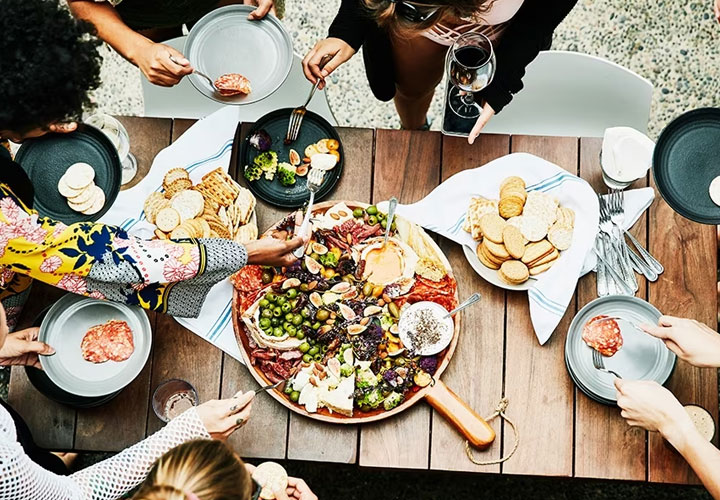
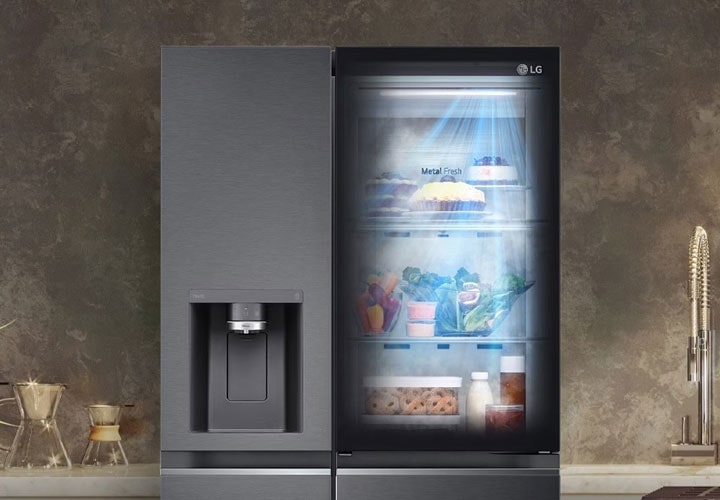
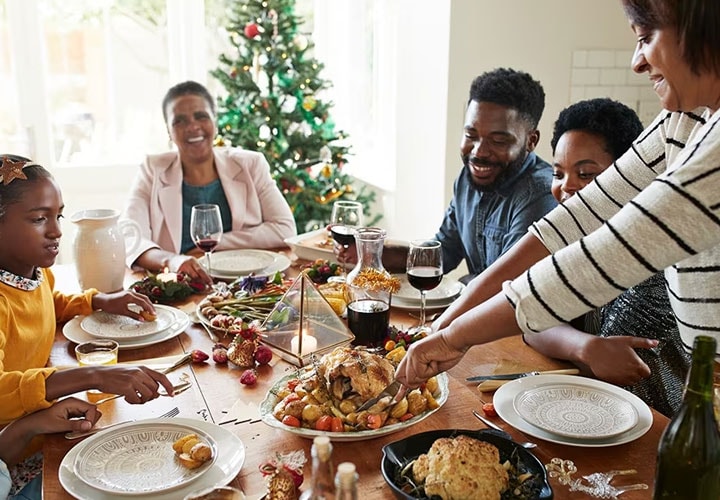
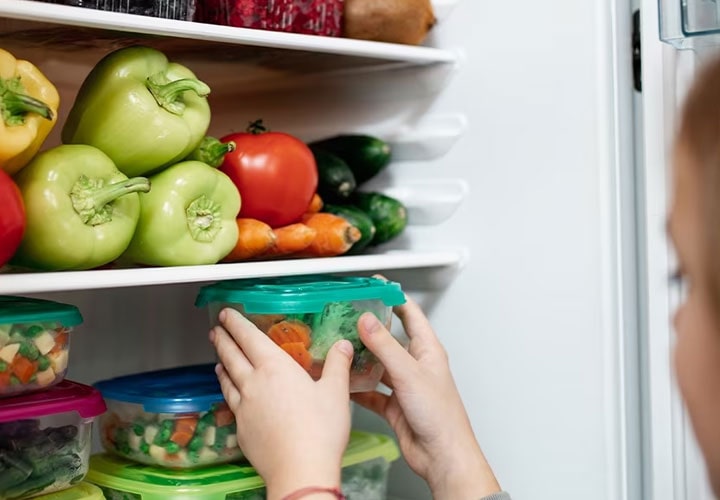

.jpg)
.jpg)